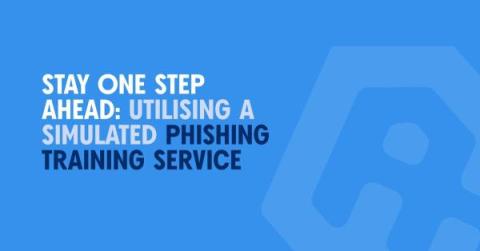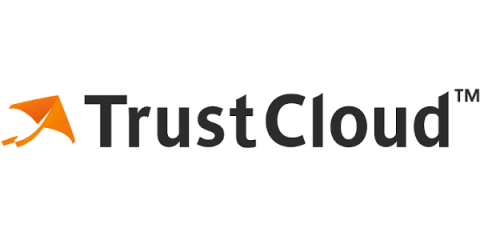Is Cyber Insurance Worth It?
Are you considering whether cyber insurance is worth it for your organization? It could be. With the rise in ransomware, DDoS attacks and data breaches, cyber insurance is being used as a way for companies to protect themselves as they realize risks in their business. However, many insurers are now excluding ransomware1 and state-backed attacks2 from their coverage. So, how can you determine whether cyber insurance is worth it?







